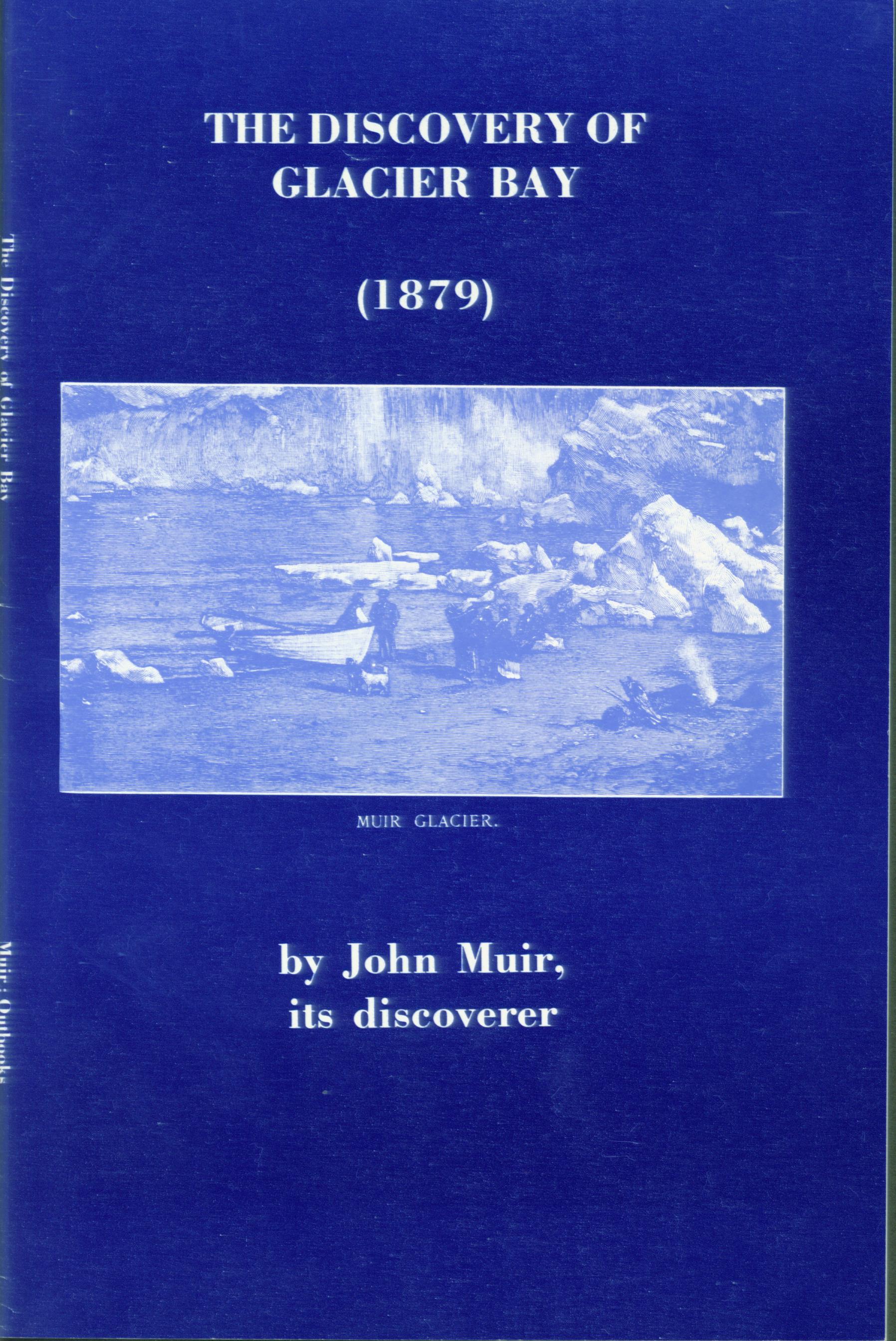history reprints from VistaBooks
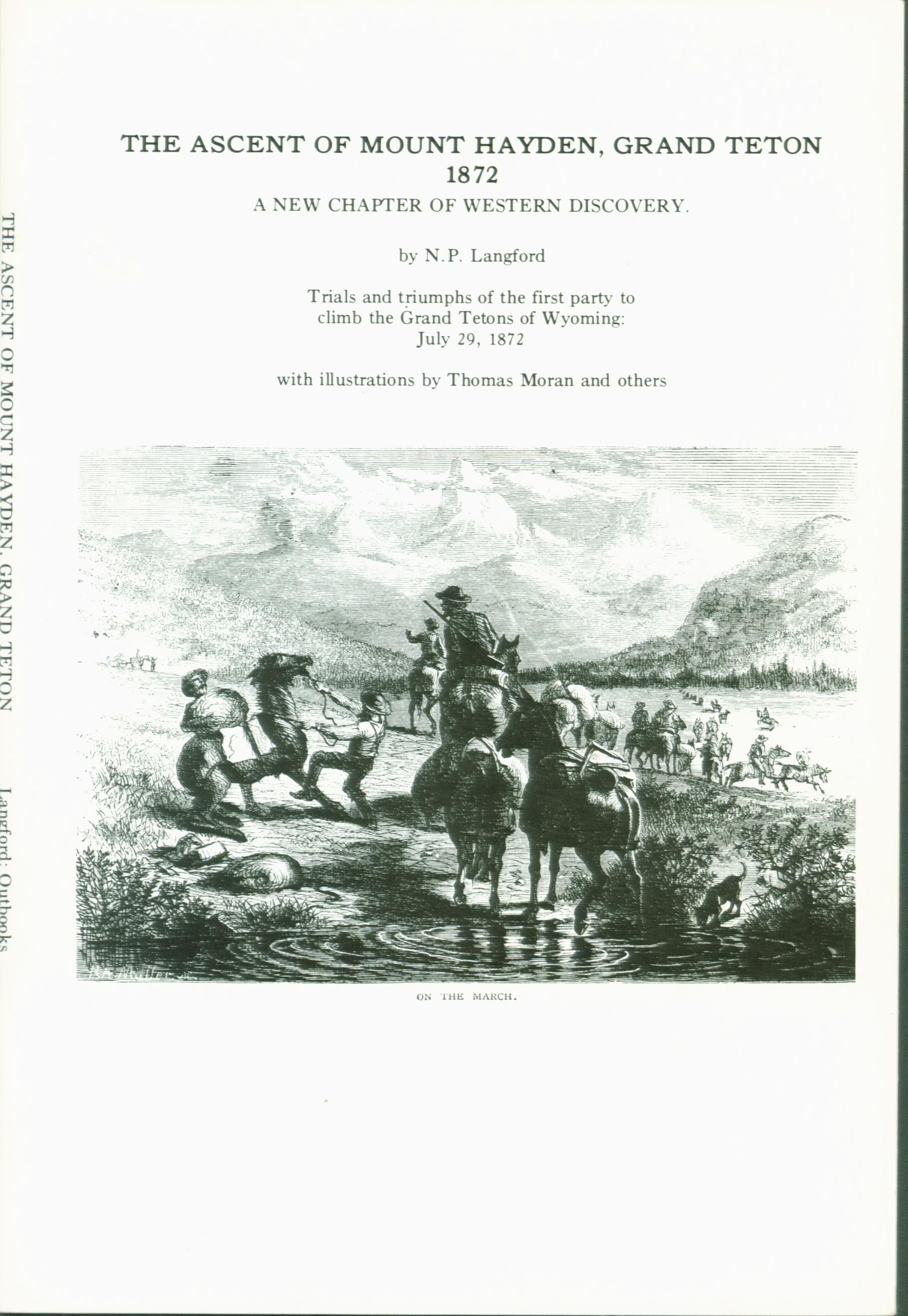
The Ascent of Mount Hayden, Grand Teton, 1872: a new chapter of Western discovery.
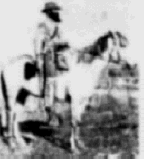 by Nathaniel Pitt "National Park" Langford, first superintendent Yellowstone National Park.
by Nathaniel Pitt "National Park" Langford, first superintendent Yellowstone National Park.
Trials and triumphs of what may have been the first party to climb the Grand Tetons of Wyoming, July 29,
1872. Author Langford was among the early explorers of the Yellowstone/Teton region and
was first superintendent of Yellowstone National Park. His claim to a first ascent of the
Grand Teton has been challenged by later parties, and former park naturalist McCurdy
considers the various claims in the editor's preface. But regardless, the account still
gives a fine record of what mountain climbing was like in the early days in this region.
The story finishes with a visit to Yellowstone geysers and a meeting with
geologist Dr. Hayden, instrumental in creating Yellowstone as a national park and who now has this mountain climbed by the park's first superintendent named for him. Reprint from Scribner's Monthly Vol. VI, No. 2, June 1873, pp 129ff. Illustrations from Thomas Moran and others, 24 pages + covers. See sample pages, illustrations.
ISBN-10: 0-89646-066-5. ISBN-13: 978-0-89646-066-9. Order Order #: VIST0066 paper$4.95.
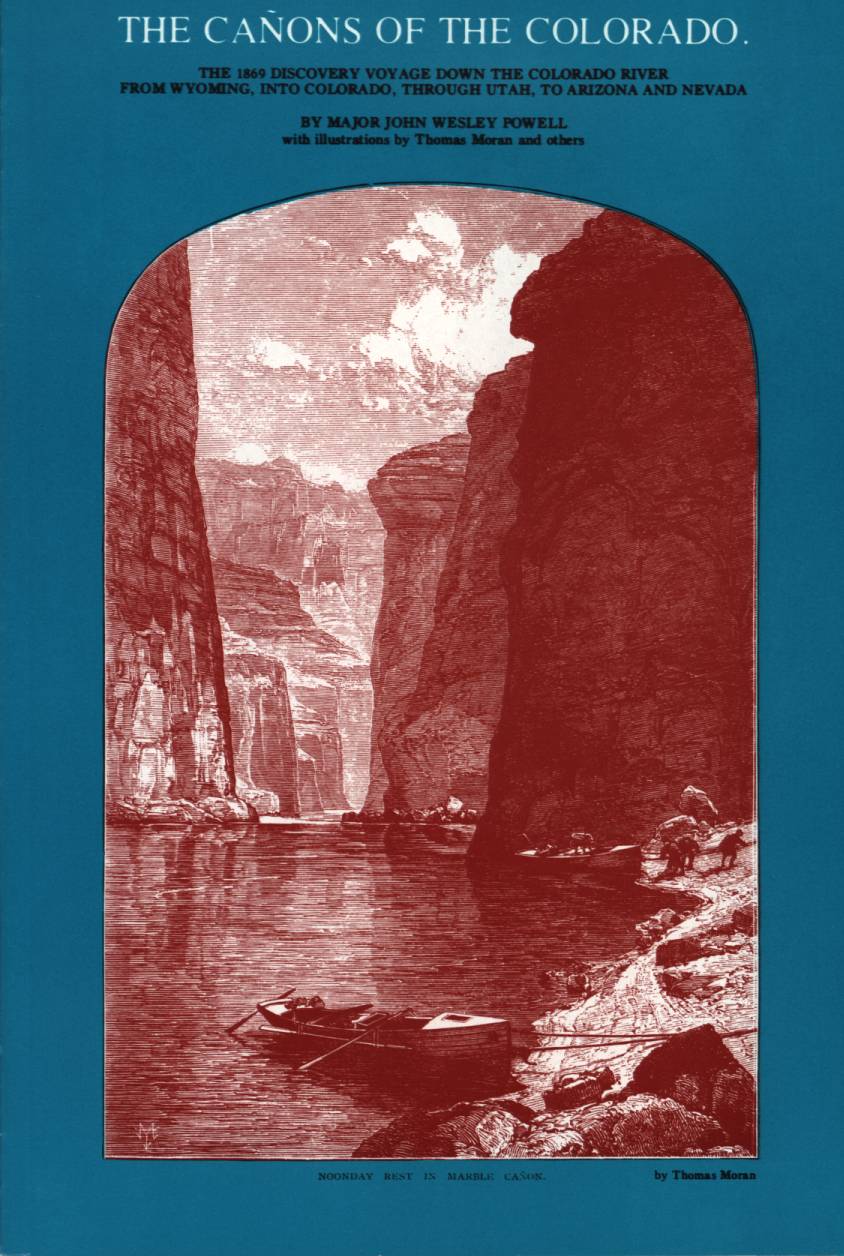
The Cañons of the Colorado--the 1869 discovery voyage down the Colorado River.
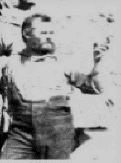 by Major John Wesley Powell, geologist, geographer, explorer.
by Major John Wesley Powell, geologist, geographer, explorer.
ISBN-10: 0-89646-059-2. ISBN-13: 978-0-89646-059-1. Order #: VIST0059 paper$6.95.
SAVE! Scuffed copies of The Cañons of the Colorado are available at discount: Go to Scuffed Specials.
The Discovery of Glacier Bay (1879).
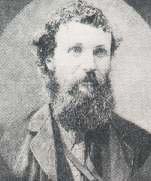 by John Muir, its discoverer.
by John Muir, its discoverer.
Adventures in a truly Alaskan Wild with ice floes, bergs, mountain peaks, Indians, canoe travel. Spending several "icy summers" in Alaska, Muir earned the name "Ice Chief", exploring Glacier Bay and its region. It was a fitting continuation to his involvement with glaciers, for he had developed the glacial origin theory for Yosemite Valley, in spite of the fact that there the glaciers were almost entirely gone. Here at Glacier Bay, no imagination was needed to understand the processes. Reprinted from Century Magazine. Engravings of ice and peaks abound in the book. 16 pages. See sample pages, illustrations.
ISBN -10: 0-89646-045-2. ISBN-13: 978-0-89646-045-4. Order #: VIST0045 paper$4.95.
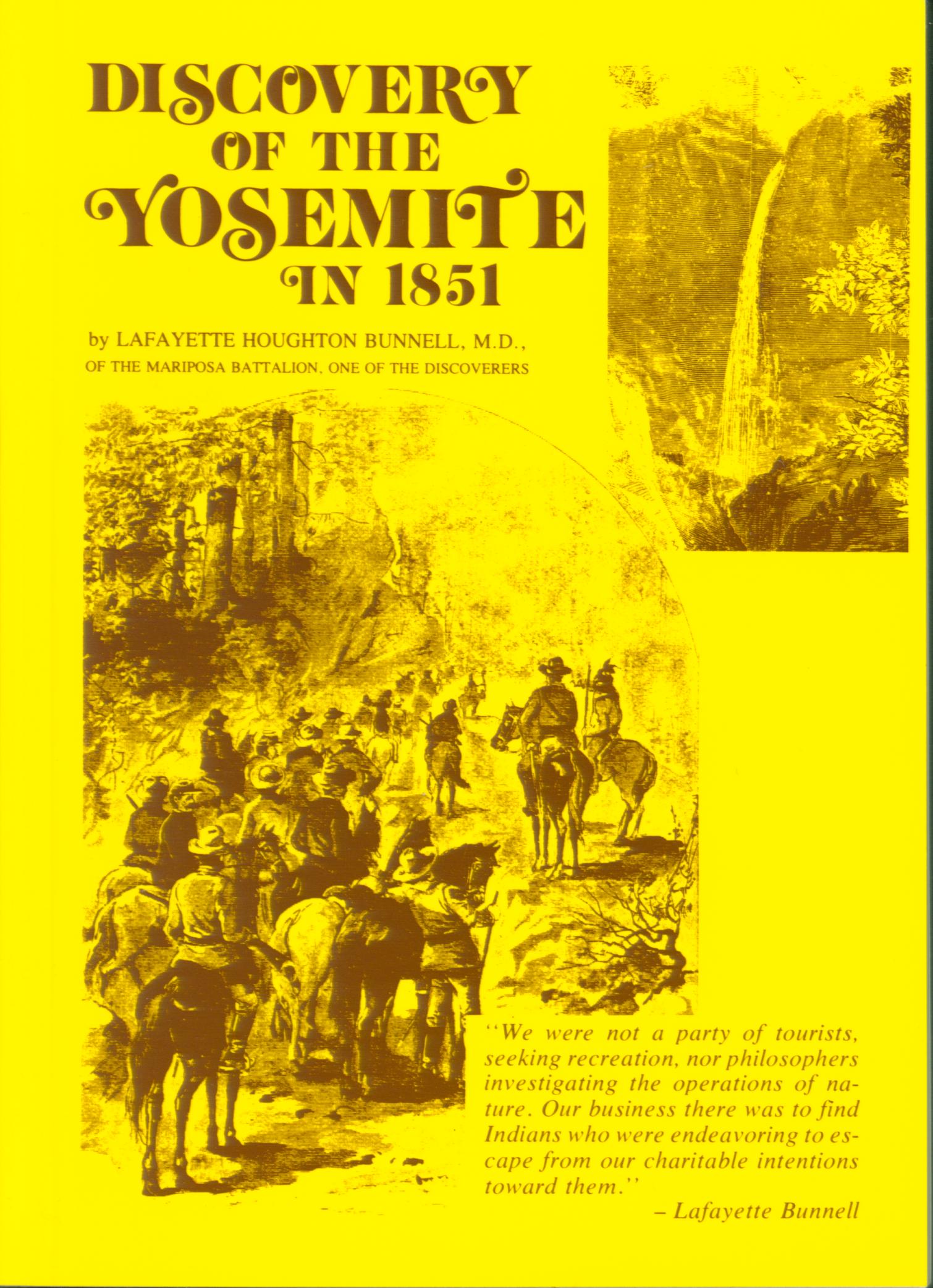
Discovery of the Yosemite in 1851--and the Indian war which led to that event.
by Lafayette Houghton Bunnell, M. D., one of the Discoverers, of the Mariposa
Battalion.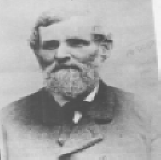
First published in 1880, this is the primary account of how Yosemite Valley came to be
"discovered" by the civilization that would displace its residents. Native Americans knew the valley was there, of course; they
were living in it when the battalion came to roust them out. Before the
Battalion's trip, the valley had been seen from
its rims and from afar by a few non-natives. But this event of 1851 was the first recorded entry and
exploration by a new people. Bunnell proposed the name of the Indian tribe for the valley, "as it was
suggestive, euphonious, and certainly American; that by so doing, the name of the tribe of
Indians which we met leaving their homes in this valley, perhaps never to return, would be
perpetuated."
Foreword by former chief park naturalist William R. Jones. Period engravings. 184pages, slightly abridged from the original. See sample pages, illustrations.
ISBN-10: 0-89646-021-5.
ISBN-13: 978-0-89646-021-8. VIST0021 paper$7.95.
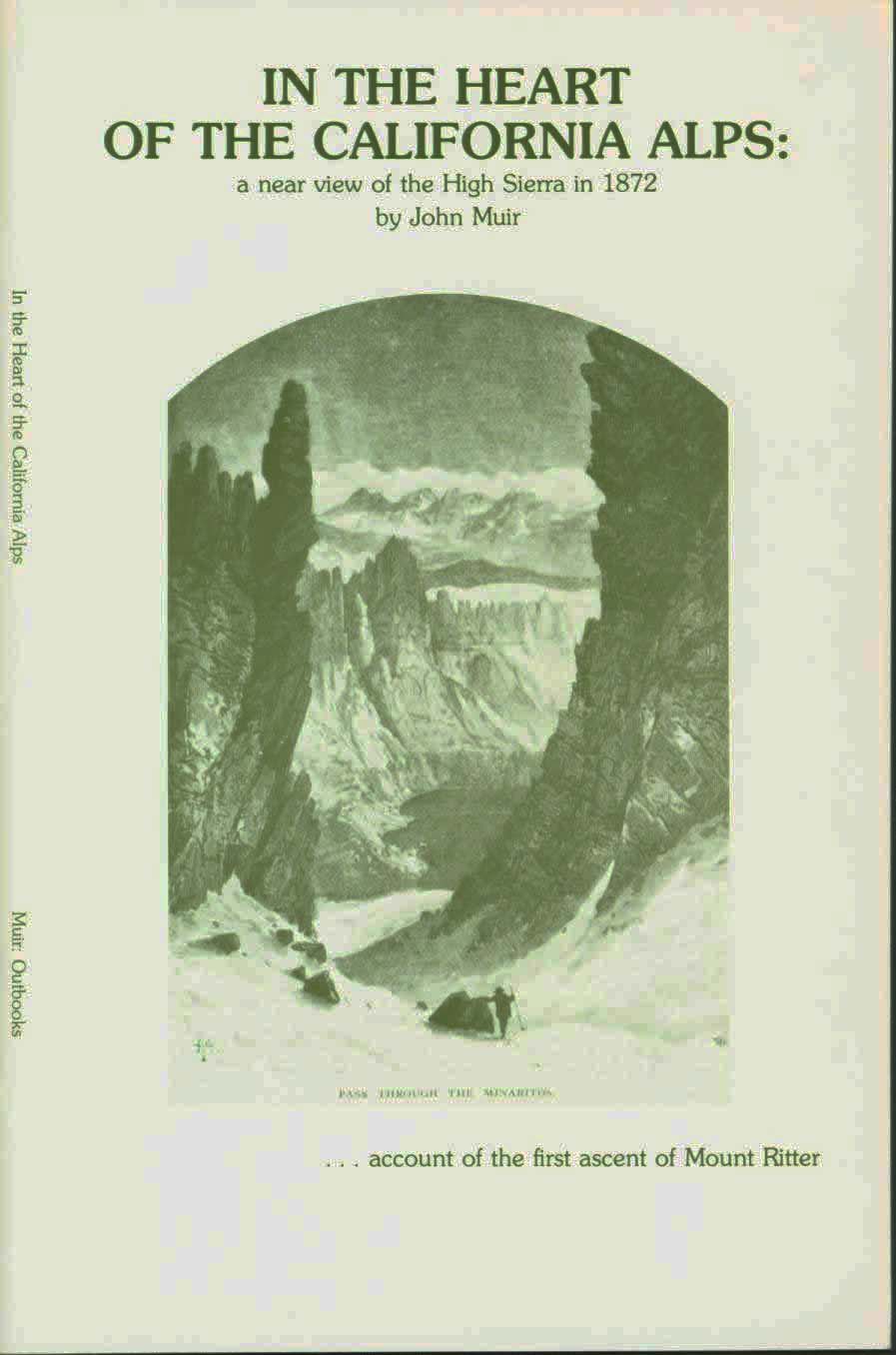
In the Heart of the California Alps: a near view of the High Sierra in 1872... account of the first ascent of Mount Ritter.
by John Muir.
 portrait of John Muir, conservationist, naturalist, writer,
mountaineer
portrait of John Muir, conservationist, naturalist, writer,
mountaineer
Account of the first ascent of Mount Ritter, October, 1872. Record of one of Muir's finest
mountain rambles and of the first ascent, a solo one, of this mountain in the Mammoth
Lakes country of the eastern Sierra Nevada. Combines natural observations with the
adventures and philosophical musings of a nearly fatal climb. Made from a base camp with
three artists who were left sketching on the Lyell Fork of the Tuolumne River late in the season, while Muir ventured into the Minaret country, in 1890 a part of Yosemite National Park but now in the Ansel Adams Wilderness of Inyo National Forest, near Mammoth, California. Three
illustrations of Mount Ritter and its region by one of these artists, William Keith, are included. (Keith became an eminent landscape painter, producing many scenes of the West including the Sierra, Yosemite Valley, Mount Shasta, the San Francisco Bay region, and more.) Drawings
by Muir are also included, as well as other period illustrations. Foreword by former
Yosemite Chief Park Naturalist William R Jones. 24 pages. See sample pages, illustrations.
ISBN-10: 0-89646-026-6. ISBN-13: 978-0-89646-026-3. Order #: VIST0026 paper$4.95.
KEITH AND MUIR:
William Keith (from St Mary's College of California website):
"A 19th-century leading artist and visionary in San Francisco, William Keith (1838-1911) is most known for his impact on preserving and sharing the California landscape through paint and brush. Saint Mary's College Museum of Art cares for the most comprehensive body of work created by this California Master Landscape Painter.
Keith arrived at Muir's cabin in Yosemite Valley with a letter of introduction in 1872, and a lifelong friendship quickly developed. The two Scottish immigrants took camping trips together in the High Sierra, saw each other when Muir was in San Francisco and helped inspire each other's work. The idea for the Sierra Club was first formed in Keith's studio during conversations with Muir, Dr. Joseph LeConte, the first president of the University of California, and Warren Olney, a prominent San Francisco attorney. Muir's concern with scientific accuracy reinforced Keith's early training as a wood engraver in encouraging him to reproduce the exact topography and details of a landscape early in his career. Keith had also already expressed a preference by 1870 to "study altogether from Nature," reflecting in part the admonishments of the influential writer John Ruskin."
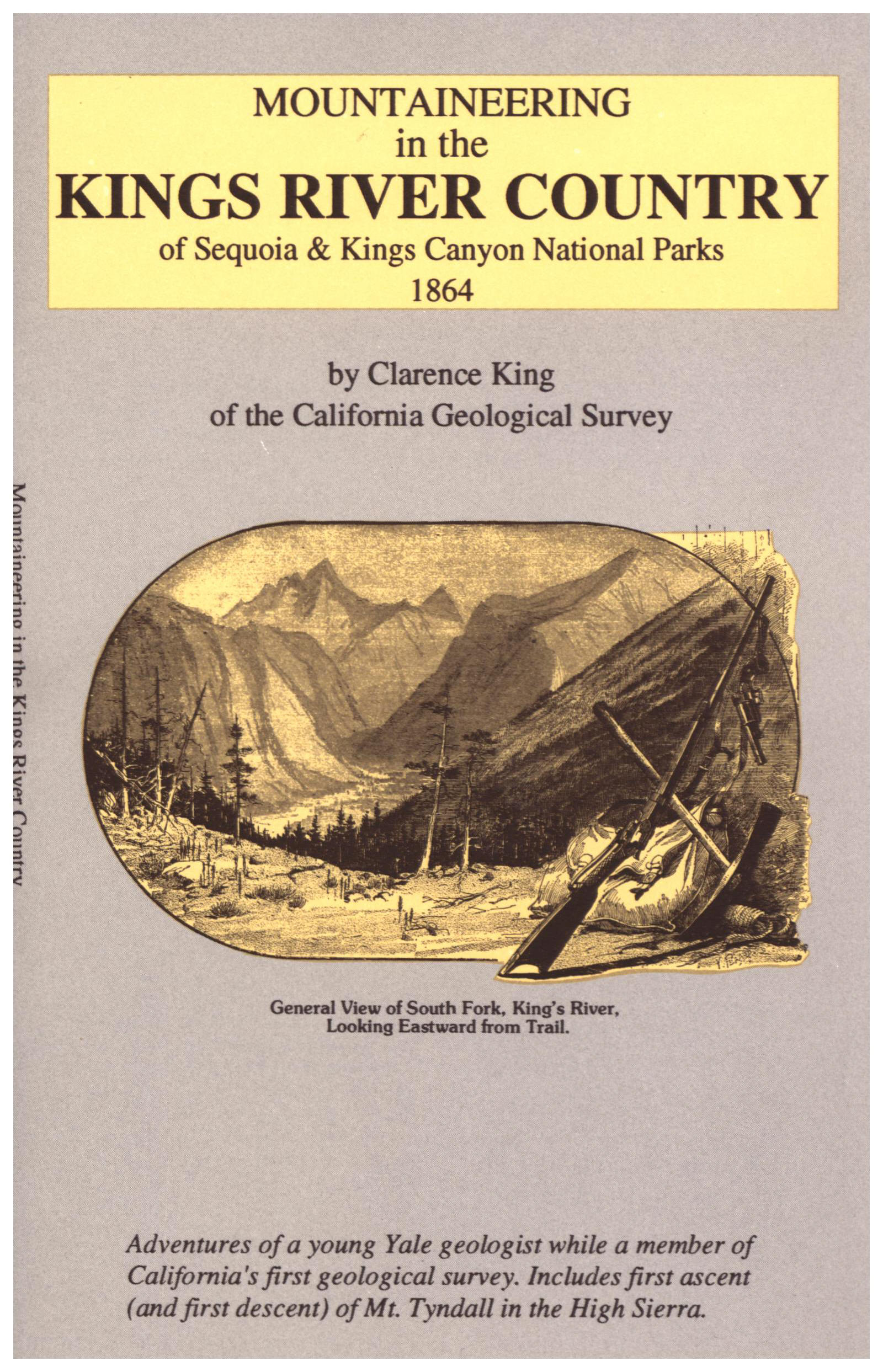
Mountaineering in the Kings River Country, 1864.
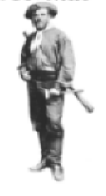 by Clarence King of the California Geological Survey.
by Clarence King of the California Geological Survey.
This early ascent of Mount Tyndall at the head of King's River (the river is not related to our author) is now classic Western Americana literature. It is mountaineering drama to the extreme, written even when the foothills of the Sierra Nevada were remote enough, let alone peaks at the range crest, such as Tyndall. Clearly showing is the author's love of nature. This writing appeared in several forms before being gathered with others of King's articles in 1872 into Mountaineering in the Sierra Nevada, a book still in print! In our little volume we include just material dealing with the Kings River country so that visitors to this region, much of it now in Kings Canyon National Park, can focus. King also conducted the U.S. Geological Exploration of the 40th Parallel, an unexplored line through America's interior, and was first director of the U. S. Geological Survey. He has a Sierra peak named for him.
Illustrations are added from Picturesque California (1888) and The Yosemite Guidebook (1869). 48 pages. See sample pages, illustrations.
ISBN-10: 0-89646-042-8. ISBN-13: 978-0-89646-042-3. Order #: VIST0042 paper$4.95.
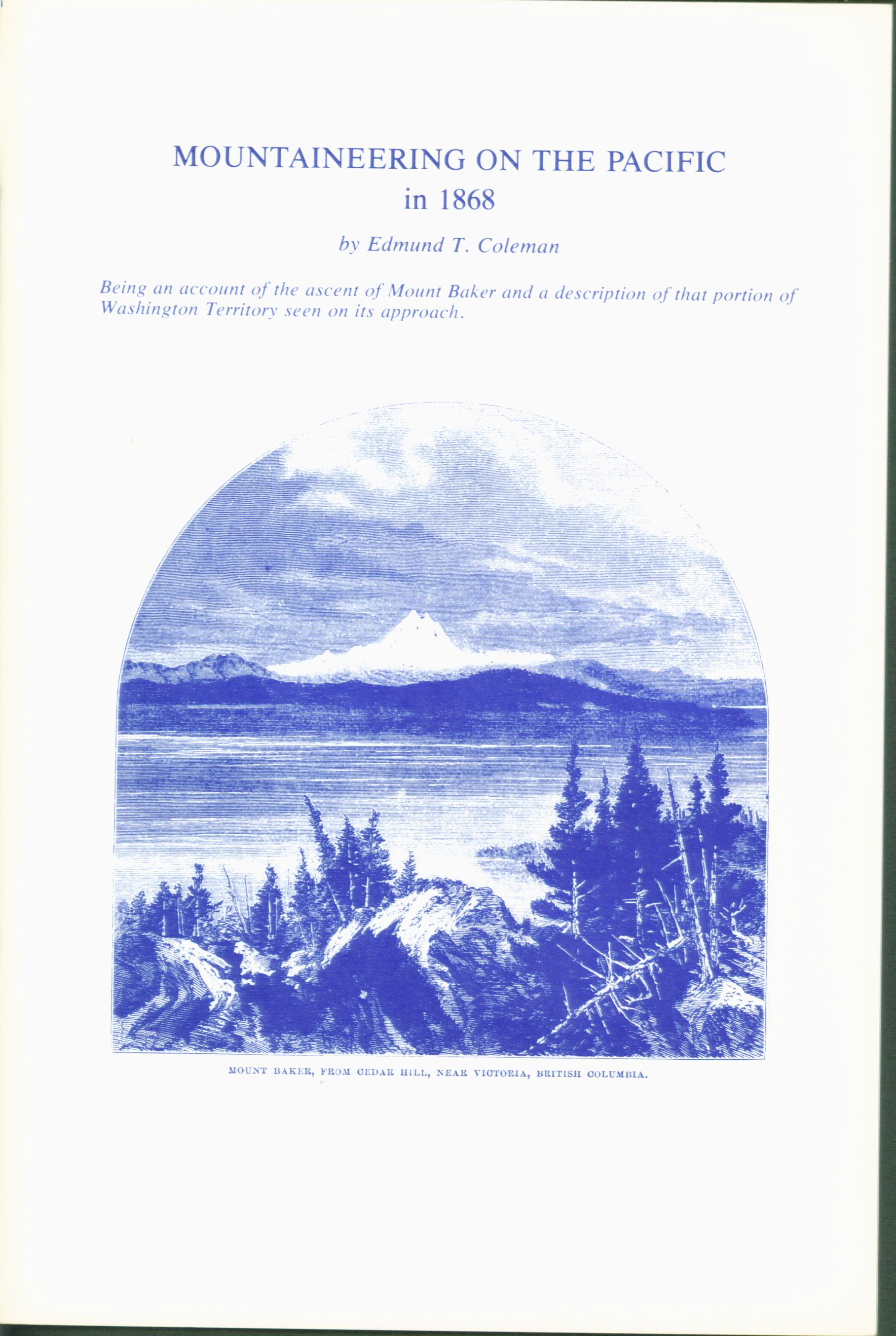
Mountaineering on the Pacific in 1868.
by Edmund T. Coleman.
Based on an account of the ascent of Mount Baker and a description of that portion of Washington Territory seen on its approach. Mountaineering in 1868 was a different experience than nowadays. This ascent began at the seashore and included canoe trip, portages, and a backpack just to reach the base of the peak--all through country still wild with Indians, bears, and wolves. The final assault on the summit included ropes, ice axes, and crampons. Reprinted from Harper's New Monthly Magazine. Illustrated with period engravings. 24 pages. See sample pages, illustrations.
ISBN-10: 0-89646-014-2. ISBN-13: 978-0-89646-014-0. Order #: VIST0014 paper$4.95.
END OF VISTABOOKS "Explorations/Mountaineering" PAGE--click for TOP
![]() to VistaBooks Home/Contents or use links in sidebars for other pages
to VistaBooks Home/Contents or use links in sidebars for other pages
This "VistaBooks: Explorations/Mountaineering" page was last modified October 16, 2025. Did you come here from a link on another website? For latest version of this page, click or copy to your browser: https://www.vistabooks.com/themes/vistpubsexpl.html. Copyright © 2025 VistaBooks LLC.
Need help? email. We want you to find what you want to find.
Thanks for looking!
